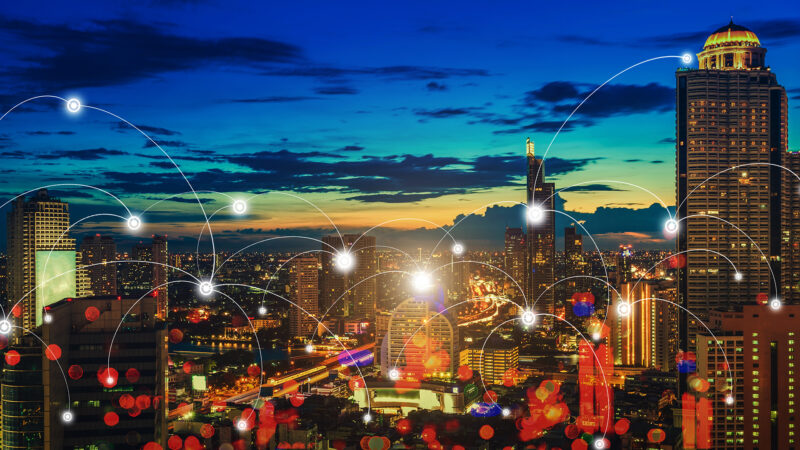The concept of “smart cities” represents a transformative vision for the future of urban living. In an era defined by technological innovation, urban centers around the world are harnessing the power of technology to create more efficient, sustainable, and livable environments. Smart cities are not just a buzzword; they are a tangible response to the complex challenges posed by urbanization, and they hold the promise of a brighter, more connected future.
What Are Smart Cities?
Smart cities leverage technology and data to enhance the quality of life for their residents and improve the efficiency of urban services. These cities use interconnected systems, sensors, and digital infrastructure to gather and analyze data, allowing for informed decision-making and better resource allocation. The ultimate goal is to create cities that are more responsive, adaptable, and sustainable.
Key Pillars of Smart Cities:
- Connectivity: A foundation of smart cities is robust digital connectivity. High-speed internet access and wireless networks enable the flow of data and information between people, devices, and city infrastructure.
- Data Analytics: Smart cities rely on data analytics to collect and process information from various sources, including sensors, cameras, and citizen input. This data is used to optimize city services and inform decision-making.
- Sustainability: Sustainability is a core principle of smart cities. Efforts are made to reduce energy consumption, minimize waste, promote green transportation options, and mitigate the environmental impact of urban growth.
- Efficient Mobility: Smart cities prioritize efficient transportation systems. This includes the development of intelligent traffic management, public transportation enhancements, and the promotion of electric and autonomous vehicles.
- Infrastructure: Modernizing and digitizing city infrastructure is a key aspect. This involves upgrading utilities, street lighting, waste management, and public safety systems to be more efficient and responsive.
Benefits of Smart Cities:
- Enhanced Quality of Life: Smart cities aim to improve the quality of life for residents. This can be achieved through better healthcare services, improved public safety, reduced traffic congestion, and enhanced access to education and culture.
- Sustainability: Sustainability is a critical component of smart cities. By reducing energy consumption, optimizing resource use, and promoting eco-friendly practices, these cities work to reduce their environmental footprint.
- Economic Growth: Smart cities can stimulate economic growth by fostering innovation and attracting businesses. They create an environment conducive to entrepreneurship and investment.
- Efficiency and Cost Savings: Automation and data-driven decision-making lead to more efficient city operations. This, in turn, can reduce costs and improve the allocation of resources.
- Community Engagement: Smart cities often emphasize citizen engagement and participation in decision-making. Digital platforms and tools enable residents to voice their opinions, report issues, and contribute to shaping the city’s future.
Challenges and Considerations:
While the vision of smart cities is promising, they also face challenges. These include concerns about data privacy, security vulnerabilities, and the digital divide, which can leave some residents without access to the benefits of smart technology.
The Future of Urban Living:
Smart cities are not a distant future; they are already emerging in various forms around the world. As technology continues to evolve, so will the possibilities for reshaping urban living. The integration of artificial intelligence, the Internet of Things (IoT), and advanced data analytics will drive further innovation in smart city development, making cities more resilient, inclusive, and sustainable. Ultimately, smart cities represent a transformative journey toward a future where urban living is smarter, greener, and more connected than ever before.



 UN
UN 

